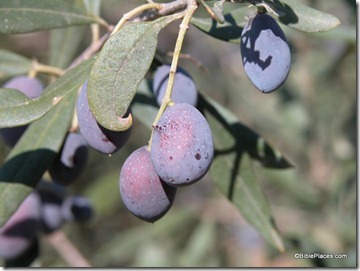If you are looking for unique Christmas images, the Accordance Blog tells you where to find them.
A scroll containing the Ten Commandments from Deuteronomy has just been put on display at Discovery Times Square in New York City.
Iraq’s second largest museum is paying smugglers to return the artifacts.
If you’ve been intrigued by the title of Jodi Magness’ latest work, BAR has posted a review by Shaye J. D. Cohen of Stone and Dung, Oil and Spit: Jewish Daily Life in the Time of Jesus. The book is available for $16 at Amazon or $20 at Eisenbrauns.
A bulla with the name of a biblical town has been discovered in the Temple Mount Sifting Project.
According to ANE-2, Gabriel Barkay will present it at a conference at Bar Ilan University at the end of the month.
The new Egyptian Minister of Antiquities has announced new policies for his department.
Ferrell Jenkins has written an illustrated series appropriate for the season:
- Frankincense and Myrrh
- Frankincense comes from a tree
- Some things you may not hear about Myrrh in a sermon
Fishermen using illegal nets in the Sea of Galilee have been caught and detained.
The Biblical Archaeology Society has released a new edition of its free eBook, The Dead Sea Scrolls: Discovery and Meaning. The new material looks at the War Scroll, the Temple Scroll, and the Book of Enoch. If you have not already, you must register to receive the eBook.
Olive Tree Bible Software now has the ESV Bible Atlas for sale for $22, the Zondervan Atlas of the Bible for $26, and the Holman Bible Atlas for $20. These atlases are supported on the Android, iPad, iPhone, Mac, and soon the PC.
If you ever hear the name Ron Wyatt in connection with some amazing archaeological discovery, run the other way. His death in 1999 did not prevent his frauds from being perpetuated in email forwards and on various websites. His alleged discovery of chariot wheels in the Red Sea and research claimed to date the objects based on the number of spokes is worthy of being featured as the latest post at PaleoBabble.
HT: Jack Sasson
